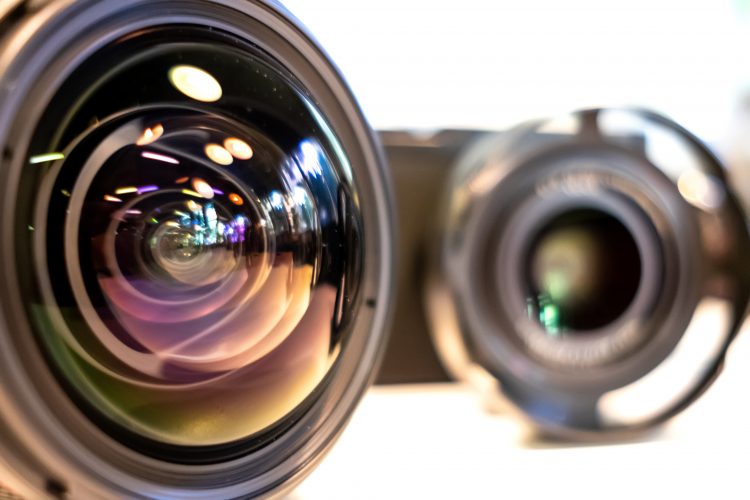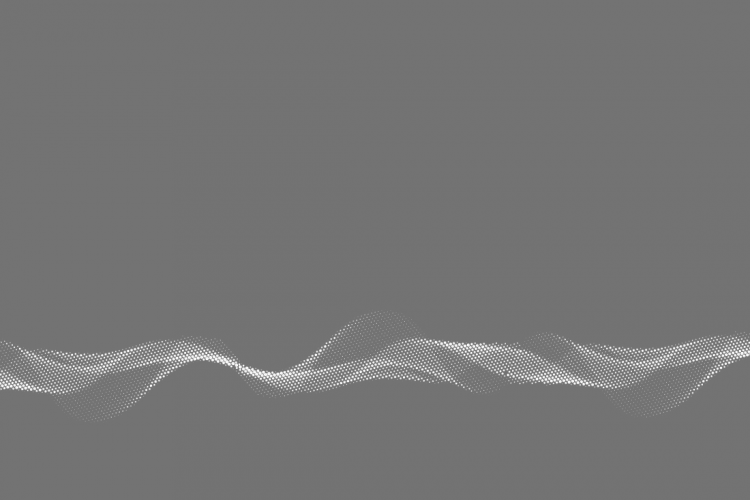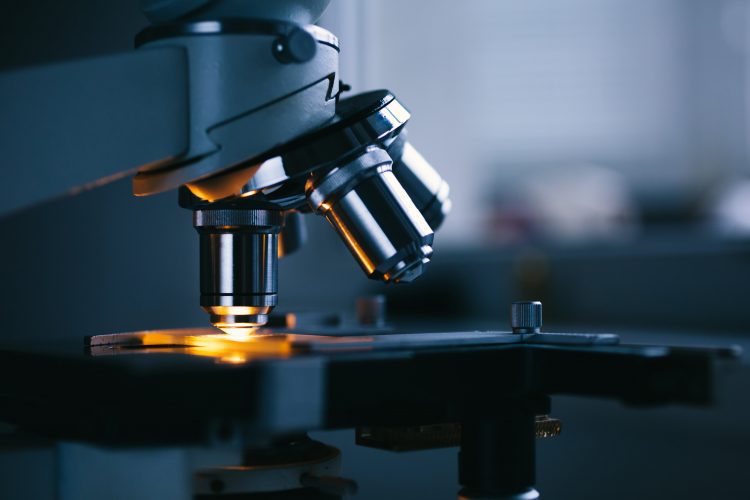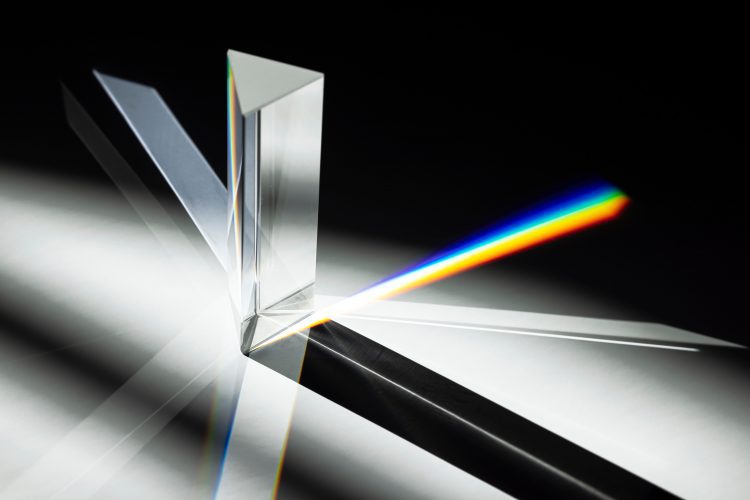Key Takeaways Understanding the optical characteristics of lenses—focal length, aperture, maximum aperture, depth of field, and lens quality—is essential for photographers to enhance image quality and optimize optical equipment functionality. Focal length determines perspective, aperture controls light intake, and depth of field adjusts focus, enabling precise adjustments for optimal image capture across diverse settings. Exploring […]











